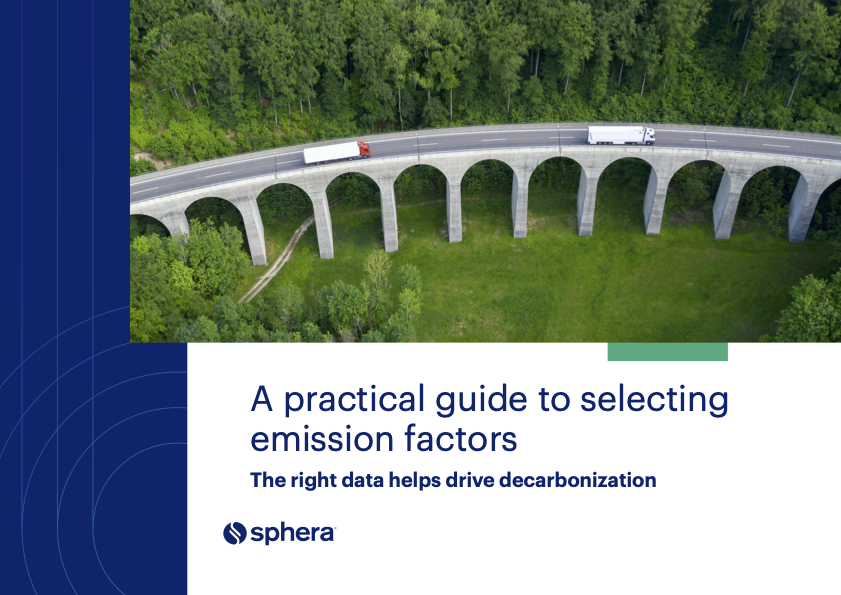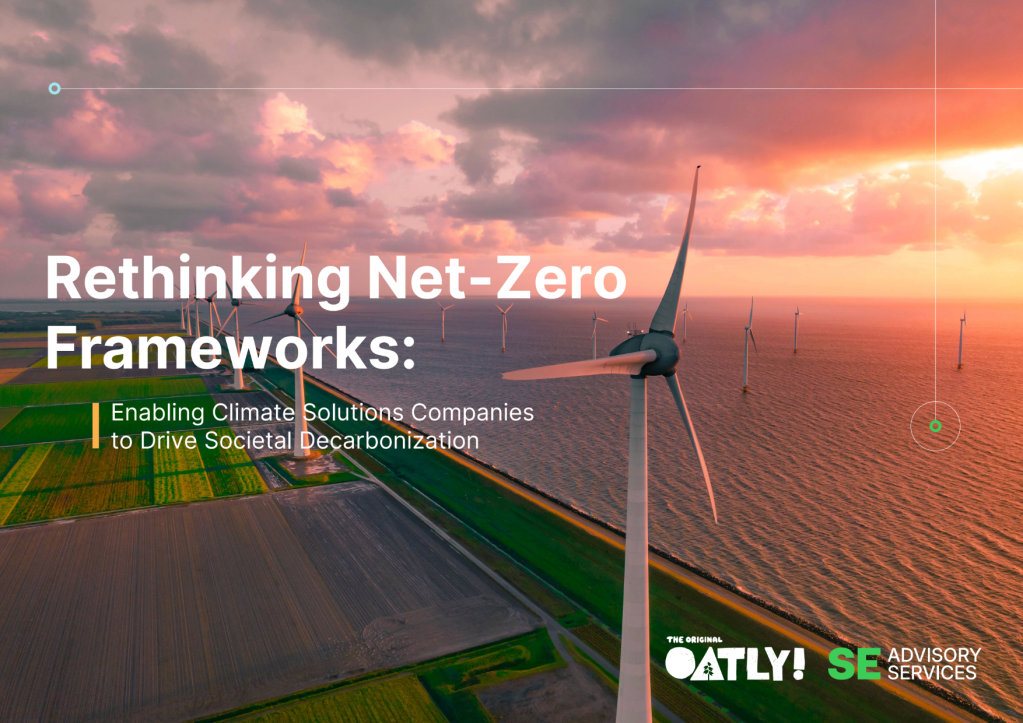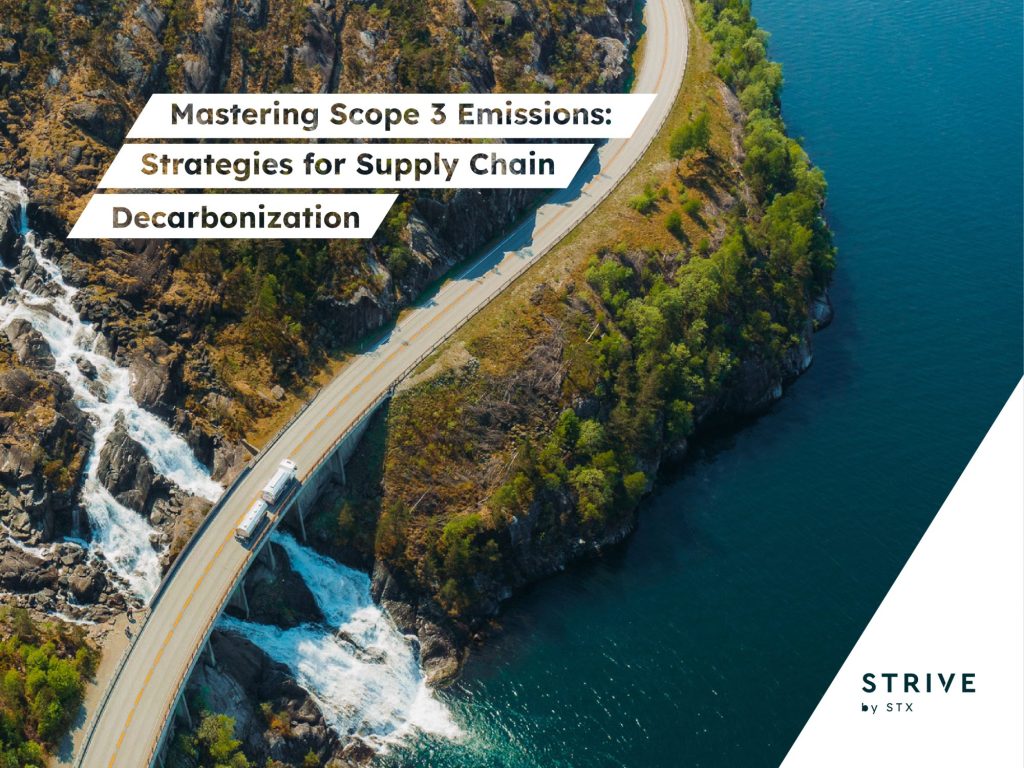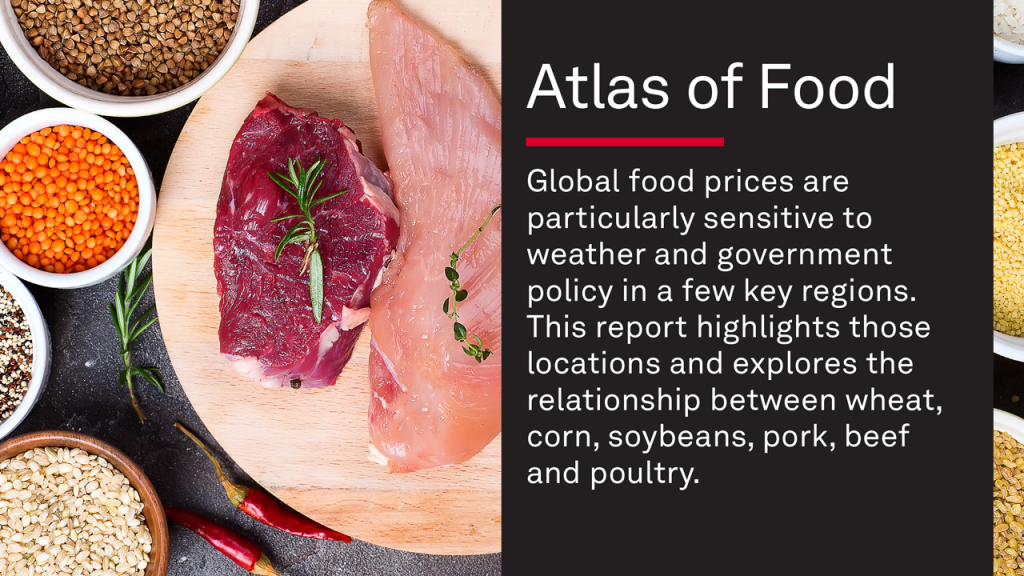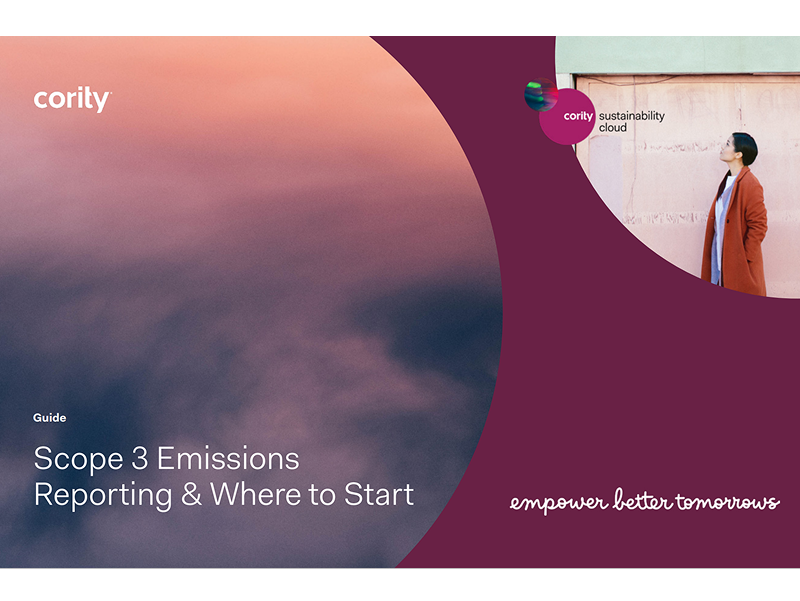The SBTi net-zero update is falling short. 3 ways to fix it
Getting net zero right requires a credible, science-based framework. Read More

- The current draft for the Science Based Targets initiative (SBTi) corporate net-zero standard gives form and discipline to emerging climate strategies but doesn’t go far enough to address major gaps.
- Version 2.0 could benefit from making room for realism when targets are missed, mandating interim removal targets and requiring companies to take responsibility for ongoing emissions.
- These new standards are critical because they will help shape whether the private sector helps close the emissions gap or continues to overpromise and underdeliver.
The Science Based Targets initiative (SBTi) is in the midst of updating its corporate net-zero standard. This might sound like an arcane technical exercise, but what’s decided here will have major consequences for how companies shape, deliver and communicate their climate strategies for the next decade.
For many corporates, version 1.0 of the standard was a helpful reference point. It gave form and discipline to emerging climate strategies and helped boost ambition. But it also had major gaps, particularly around Scope 3 emissions, the role of carbon credits and how to deal with emissions that can’t yet be reduced.
That’s where version 2.0 comes in. The draft proposals are extensive and rightly so. Getting to net zero requires a credible, science-based framework that sets expectations for companies while also giving them the tools to succeed. But as it stands, the draft could improve in three important areas. Here’s why they matter and what needs to change.
Make room for realism when targets are missed
It’s inevitable that some companies will fall short of their near-term targets. This isn’t a smear, but rather an acknowledgement that emissions reduction is challenging and many businesses are working in uncharted waters. Decarbonizing supply chains and operations is complex, particularly in hard-to-abate sectors and setbacks will happen.
What businesses need is a pathway to stay aligned with the SBTi standard when they underperform without letting ambition slip. The draft standard allows this in limited circumstances, but only for Scope 1 emissions. That’s too narrow; Scope 2 and 3 underperformance must be addressed too, with consistent rules and safeguards.
Corrective measures shouldn’t lower the bar. Companies must explain underperformance, show how they’re addressing it and compensate transparently where needed. The use of high-quality carbon credits, whether for reductions or removals, can be part of that toolbox. Not every company needs the same route, but all should be held to the same standard of integrity.
Mandate interim removal targets
One of the most debated parts of the draft is whether to require companies to start purchasing carbon removals before 2050. In climate and business terms, this is a no-brainer. If residual emissions need to be neutralized in the net-zero year and every year after, companies should be building capacity and momentum now. It’s also essential for scaling the market for removals, which are needed to neutralize residual emissions.
What’s proposed in the draft is a halfway step: interim targets that companies can opt into, rather than being required to set. That creates uncertainty for investors and delays the demand signal needed to scale the market.
What’s needed is a clear requirement for companies across all sectors to set annual interim removal targets for Scope 1 and ideally Scope 2 emissions. These shouldn’t be cumulative, but progressive: building year by year, signalling steady investment and delivery.
Furthermore, nature-based removals must be explicitly included. Forests, grasslands and soils have been sequestering carbon for millennia and keeping global temperatures in check. Recognizing their role isn’t just a nod to tradition — it’s a matter of practical sense. They’re scalable, available now and often directly linked to companies’ sourcing landscapes. Their inclusion would make interim targets more feasible and cost-effective, especially for smaller businesses and those in emerging markets.
Take responsibility for ongoing emissions
The third area that needs more work is what to do about ongoing emissions that fall outside targets or yearly emissions while decarbonization is underway.
Here, the draft proposes that companies opt into recognition for taking “beyond value chain mitigation.” In practice, this means that if a company chooses to invest in mitigation outside its footprint, for example, in forest protection or clean energy elsewhere, it can be recognized for doing so.
But recognition alone won’t cut it. All companies should take some level of responsibility for their ongoing emissions, even if it’s modest at first. And reporting on those plans should be mandatory, not optional. SBTi could align with frameworks such as the Voluntary Carbon Market Integrity Initiative on how claims are made.
There’s no need to reinvent the wheel, but there is a need to make sure companies can’t hide in the gaps.
Why this matters now
For companies, the new SBTi standard will set expectations not just for target-setting, but for disclosure, procurement, claims and investor engagement. It will affect how climate leadership is perceived, rewarded and regulated.
And for the rest of us, it will shape whether the private sector helps close the emissions gap in the decisive years between now and 2030, or whether it continues to overpromise and underdeliver.
This isn’t a debate about the fine print. It’s about whether we treat net zero as a long-term badge or a real-time discipline. Whether we build the carbon removal sector with integrity and demand. Whether companies are empowered — and expected—to act beyond their direct footprint.
There’s still time to get this right. The SBTi consultation is open until June 1. If you’re a company with a net-zero target, or thinking of setting one, this is your chance to help shape a more effective, credible and inclusive standard.
[Join a vibrant community of leaders and innovators driving cutting-edge tools, business strategies, and partnerships to protect and regenerate nature at Bloom, Oct. 28-30, San Jose.]

Subscribe to Trellis Briefing
Featured Reports




